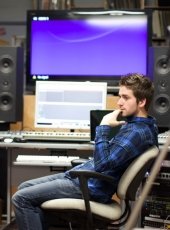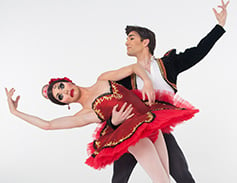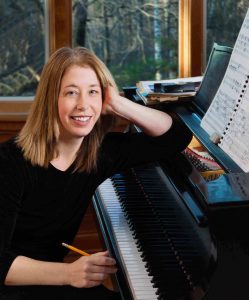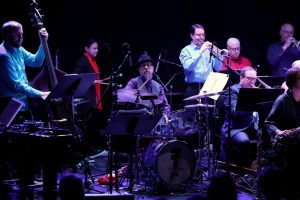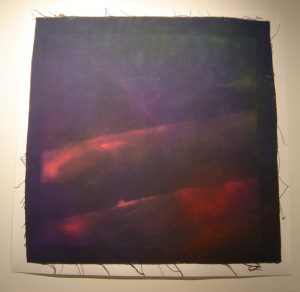 Questions of faith, motherhood and determination arise as three women with vastly different ideologies are faced with a supposed virgin birth.
Questions of faith, motherhood and determination arise as three women with vastly different ideologies are faced with a supposed virgin birth.
The investigation of the nun who was found to have given birth, and ensuing controversies and debates over the possible miracle — and subsequent death of the infant — are explored as Tech Theatre presents John Pielmeier’s 1979 play “Agnes of God.”
The Department of Visual and Performing Arts, presents six performances of “Agnes of God,” tomorrow through Saturday (Feb. 21 – 23 ) and Feb. 28 to March 2. Performances are at 7:30 p.m. in the McArdle Theatre on the second floor of the Walker Arts and Humanities Center.
Pielmeier’s dramatic script poses challenging questions for its three characters — Dr. Livingstone, an atheistic psychiatrist, the pius Mother Superior and young Sister Agnes, mother of the deceased child she claims to have immaculately conceived.
The cast of three experienced performers is directed by Patricia Helsel (VPA).
Tickets are on sale now, $15 for adults, $5 for youth and no charge for Michigan Tech students with the Experience Tech fee.
Tickets are available by phone at 906-487-2073, online, in person at the Central Ticketing Office in the Student Development Complex or one hour prior to show time at the McArdle Theatre the night of each performance.
